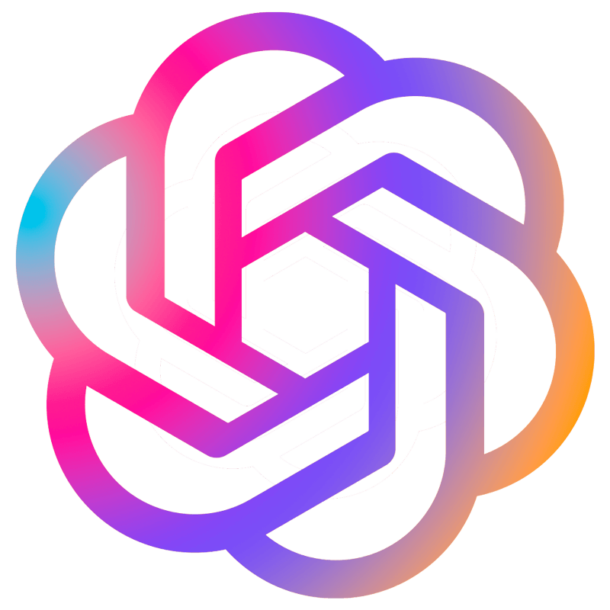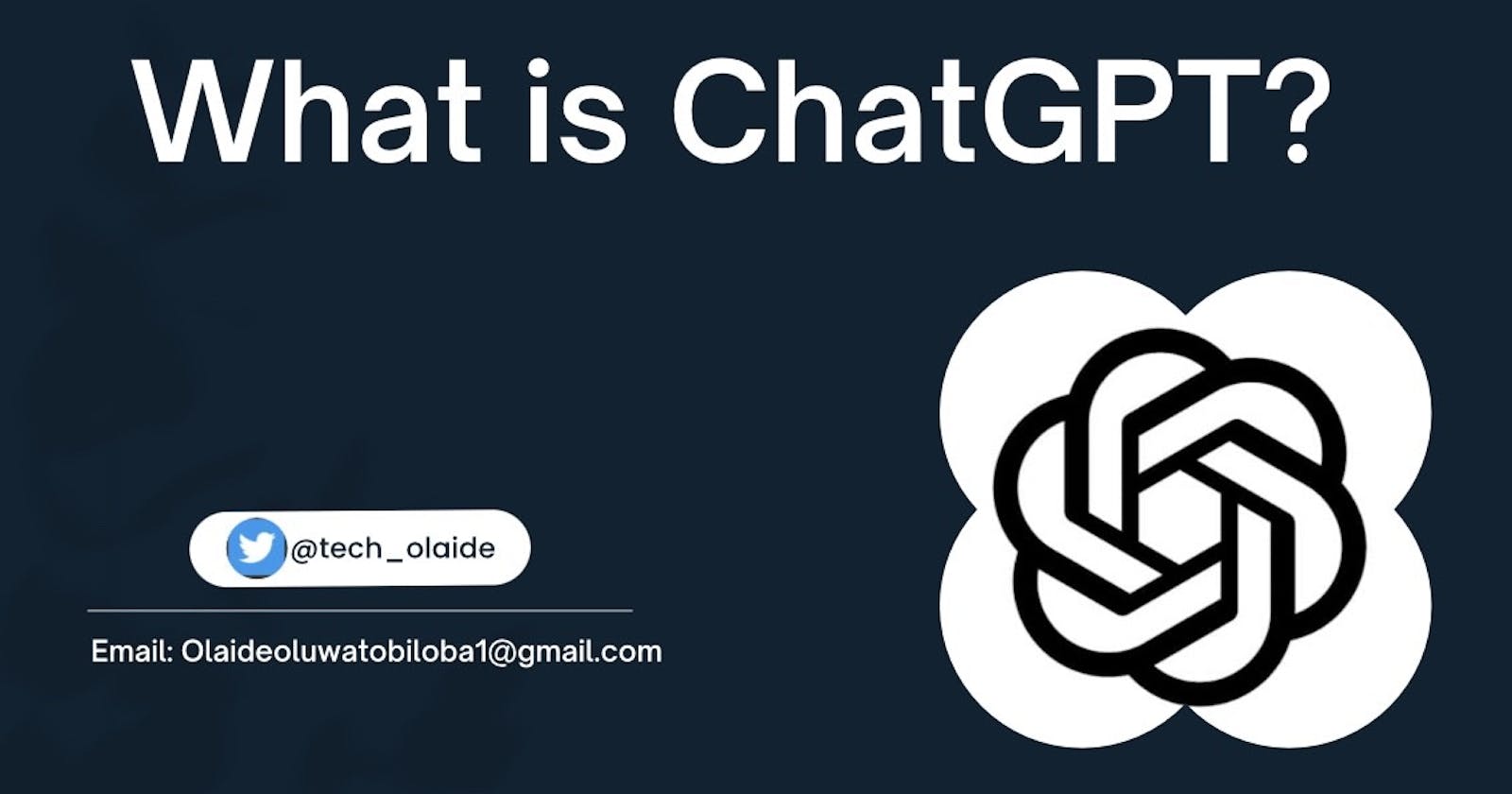Introduction
The company OpenAI developed ChatGPT, a large language model.
Artificial intelligence is changing the way we communicate and interact, from language translation to creative writing. ChatGPT is a powerful AI language model with numerous potential applications. Though they frequently require some editing to reach a final state, ChatGPT responses can benefit both individuals and businesses. In this article, We will go over a general description of ChatGPT and how it can be used and applied.
What is ChatGPT?

ChatGPT is a natural language processing tool driven by AI technology that allows you to have human-like conversations and much more with the chatbot. The language model can answer questions and assist you with tasks like composing emails, essays, and code.
ChatGPT was created using deep learning, a more complex type of machine learning. Deep learning tries to mimic how the human brain works, learning and improving over time. The more data the model is trained on, the better it can learn these patterns and make accurate predictions.
ChatGPT was trained on a massive amount of data, consisting of hundreds of billions of words. The dataset contains sources from:
Websites
Books
Articles
Social media posts
ChatGPT now threads together text because it has "learned" how information is often presented through digesting all of this input. It makes predictions about how a person might react to a single question, word, or collection of words.
How can you access ChatGPT?

You can get to ChatGPT by simply going to http://chat.openai.com and creating an AI account.
After you sign in, you can begin chatting with ChatGPT. Begin your conversation by asking a question because ChatGPT is still in its early stages of development, it is free to use and you can ask as many questions as you want.

How are people using ChatGPT?

In addition to answering simple questions, the model has many other functions. ChatGPT can write essays for you, describe art in great detail, generate AI art prompts, hold philosophical discussions, and even code for you.
Although ChatGPT appears to be quite remarkable, it still has limitations. These restrictions include the inability to respond to questions that are phrased in a particular way since it necessitates rephrasing to comprehend the input question. A more significant drawback is the poor quality of the replies it provides, which occasionally seem reasonable but are overly vague or lengthy.
Capabilities of ChatGPT
Through its ability to generate useful responses to questions in seconds, ChatGPT has a wide range of potential applications across various industries:
Provide personalized customer service
Assist with language translation and coding tasks
Generate content for websites or social media
Create chatbots and virtual assistants
Analyze and summarize large amounts of text data
These uses have the potential to benefit both businesses and individuals, by saving time and money.
Both the way we use ChatGPT, and the application itself, are developing Over time, we will find new uses, and ChatGPT will add new features. We are just getting started using systems like ChatGPT in our lives.
Conclusion:
ChatGPT is a powerful AI language model that has a wide range of potential applications. It was created using a complex form of machine learning and trained using hundreds of billions of words.
it can generate realistic responses to questions and conversations. These responses can serve useful purposes in both business and everyday life such as content creation and customer service. Though they often need some editing to get to a final state, ChatGPT responses can help people and businesses alike.
I know this information was at least a little bit helpful to you.
Now, ask ChatGPT anything!
Feel free to find me around the web for questions and clarifications
